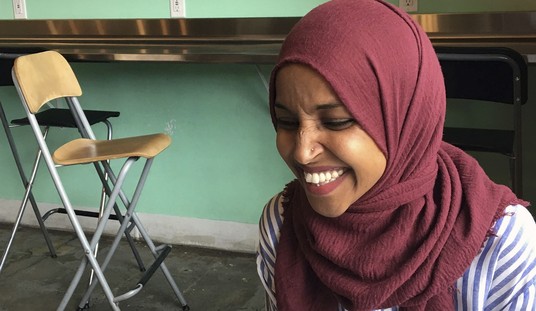Every time I read a story about drug use which is full of survey results and statistics I find it hard to suppress the urge to wonder if the people compiling all of the data have been sampling the product. Still, this report at US News & World Report is tackling one of the nagging issues which was hotly debated throughout the marijuana legalization battle so I wanted to briefly share the findings. The key issue here is the effect that legalization has had on children and whether or not there were more of them smoking pot and finding it easier to obtain. Frankly I’m unsure if there’s been enough time to draw rock solid conclusions, but the early indicators are that there are fewer school kids smoking it and it’s harder to find for those that are.
American voters and legislatures increasingly are allowing medical and adult recreational use of marijuana, but as home-growing spreads and retail stores open, younger teens are reporting the scarcest availability in at least 24 years.
Explanations remain theoretical for the surprising trend in the face of widespread liberalization of cannabis laws. But it appears clear that fears about children finding the drug easier to acquire have not become a national reality, at least not yet.
In 2016, 8th-grade and 10th-grade respondents to the large Monitoring the Future survey gave the lowest-ever indication that marijuana was easy to get if they wanted it, a question posed to the groups every year since 1992.
Only 34.6 percent of 8th-grade students said it would be easy to get marijuana, down 2.4 percentage points. Of 10th graders, 64 percent said it would be easy to get, also the lowest rate ever, though not a statistically significant annual drop.
I’m not sure if a 2.4 percent drop is statistically significant in a single year, but shouldn’t we be a bit more concerned that there are more than one third of 8th grade children who know where to get pot? I mean, there may be exceptions, buy why would you know where to get it if you hadn’t been looking for it? Do we really have that many twelve year olds getting high?
In any event, the question being explored in this study is whether or not the predictions about legalization leading to more underage use may have been overstated or possibly even the opposite of reality. Since we’re at least not seeing a spike, there do seem to be some obvious theories to toss out there. The most likely one in my mind follows along these lines:
Prior to legalization there was only one way to buy pot and that was from criminal street dealers. They wouldn’t tend to be the most scrupulous in terms of customer selection to say the least so high school kids with sufficient funds would be able to find somebody to sell to them. (Where a demand exists a supply will arise.) Once legalization hit, customers – primarily adults, of course – were able to buy it at a distributor or grow their own without fear of prosecution. Who wants to risk buying from an illegal street vendor when you can get your weed without worrying about the cops? As the demand for street pot plummets, fewer suppliers remain. Kids don’t have the same option to buy at a marijuana dispensary and probably don’t own a piece of property to grow it, so availability goes down.
Does that sound crazy? It would account for why they’re finding it harder to locate at least. It’s nothing aside from pure conjecture, but it at least makes sense to me.








Join the conversation as a VIP Member